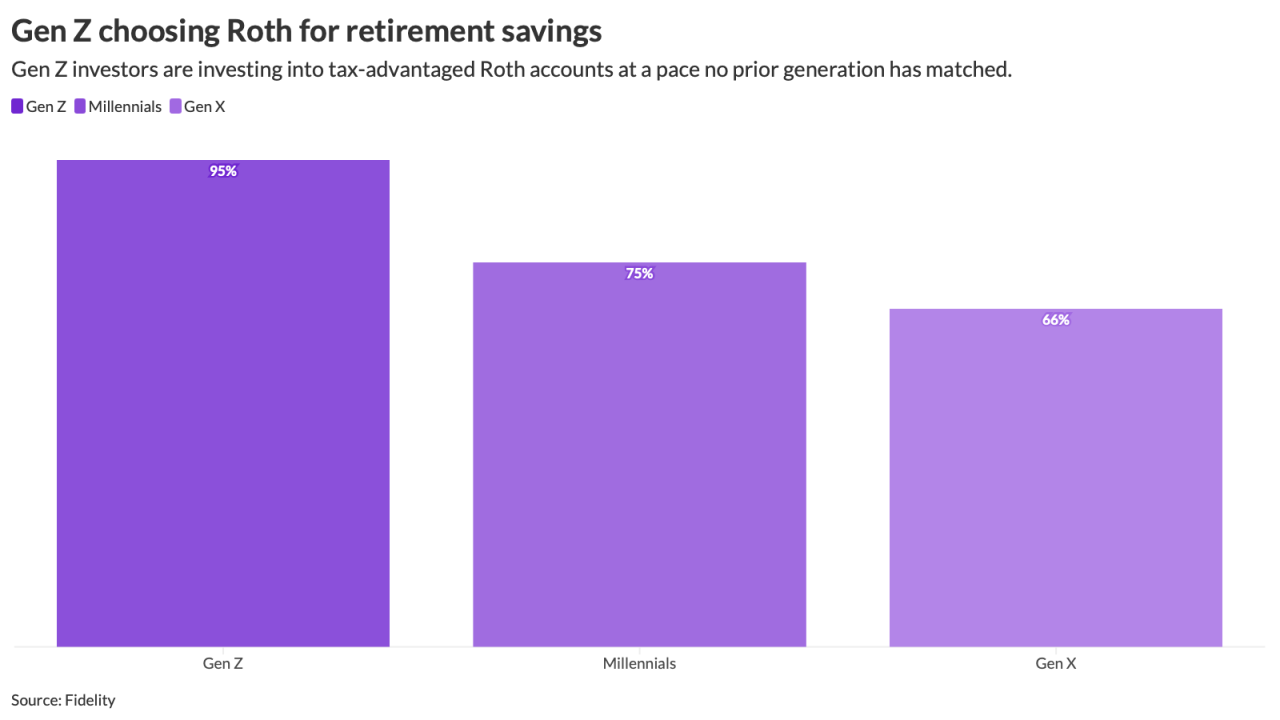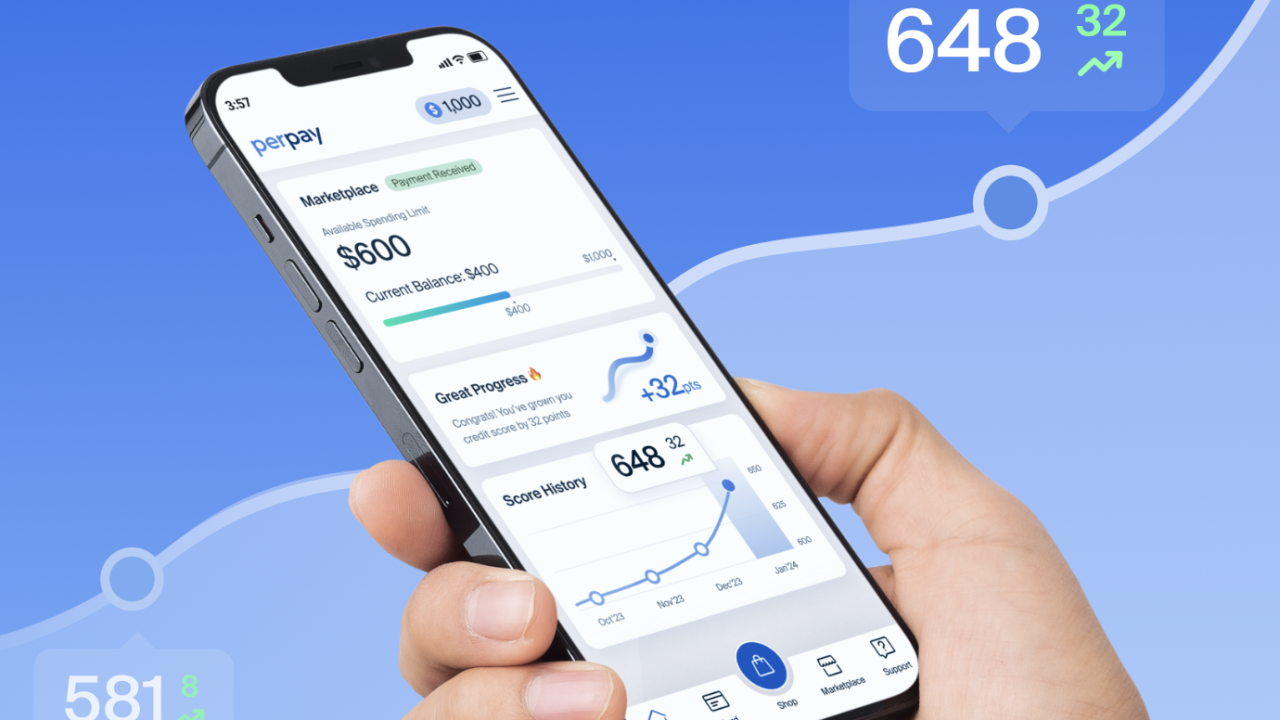Culling through big data is nothing new, but professional employer organizations like Engage utilize databanks from multi-location businesses to laser-focus employers risk management. Until recently, employers and their benefits advisers could only assess risk for a birds eye view, over an entire company.
With this specific data, HR managers can improve performance, lower workers compensation claims and implement custom changes to a specific worksite.
You need to look for the causes of the problem and how they can be corrected. If youre only looking at the blanket level, which is what most companies do, as opposed to determining if you have a problem at location X, then you can miss an issue and you cant deal with the root cause," explains Jay Starkman, CEO of Engage, whose PEO company created RiskMD to tackle this issue in partnership with Risk Transfer.
For employers with over 100 insured people, this approach to big data involves prognosticating the future of the benefit plan, so employers can better handle medical claims within the employee population and get a sense of how much the medical plan will cost in the coming 12 months.
With this strategic information, employers can make tweaks to their plan to drive behavior amongst the insured and make sure that it is structured in a way and priced properly so that they can have stability long term," says Starkman.
By looking at the causes of claims and whether they are acceptable to premium amount that company is collecting, the plan sponsor can target appropriate education to employees or redesign the plan. Its important to consider claims data on a macro level, not the individual level to stay compliant with U.S. privacy laws. For this reason, smaller companies with fewer than 100 covered lives, often cant receive claims information.
For those with over 100 insured people, RiskMD and similar processes collect demographic data of employees and dependents, then drill down to claims data, which include the average monthly claim amount per member and proportionally higher cost claims.
This analysis allows employers to determine "where you want to target employee contributions in order to drive employees into the best plans for the company and the individual, Starkman says.
For example, depending on where employers want the medical claims to be allocated, to the plan or to the individual, they may layer in an HSA with a high deductible plan or if they have smaller claims they may consider a lower deductible.
Plan sponsors can also use this information to channel resources and communication energy into employee education. For example, many employees who havent had insurance before will utilize the emergency room for common ailments, like headaches, when they could visit a local clinic or physician. So if an employer notices a high utilization of emergency room care in their data trends, they can educate employees and dependents about the impact of using an ER and the proper use of insurance.
Saving on workers comp through drilled-down data
While workers compensation costs, safety, and medical claims are all intertwined, safety issues can be easily tracked and on the job injuries potentially prevented by gathering data from individual worksites.
By analyzing the history of claims in an organization, especially in multi-locational clients, the employer can dig down through the data to the local level and treat each location specifically, as opposed to implementing an overarching approach for all of them.
Take a fast food chain, for example. If one branch of the restaurant chain has a history of burns, then its likely that workers are misusing the equipment and need to be trained on how to use the machines correctly. If another location has a history of sudden falls, this is usually an indication of premises or equipment issues. By visiting that location, the employer can figure out the root cause and provide the appropriate remediation or training.
Its a much better use of the data than on the medical side because you cant underwrite cancer...On the other hand, safety is something that can absolutely be improved and benefited by examining data and applying" it to real reforms, education and worksite improvements, Starkman explains.
Another client example comes from a chain of nursing homes with a history of safety issues. This problem could derive from management of that facility or another cause. If by delving into claims data, an employer finds, for example, employees have a history of back strains, they can make sure workers use the lift machines correctly or whether the machines are functioning correctly.
When diving down into claims data, regardless of severity, you need to at least focus on the frequency [of these claims] because, as they say in workers comp, frequency leads to severity. And if you have a bunch of injuries that are all strains, sooner or later someone with a bad back is going to get that same strain. So you want to get out in front of that by [actively] addressing those issues at the location level," adds Starkman.





